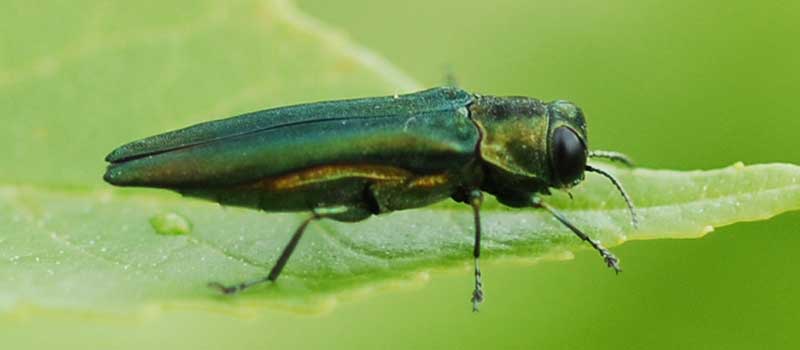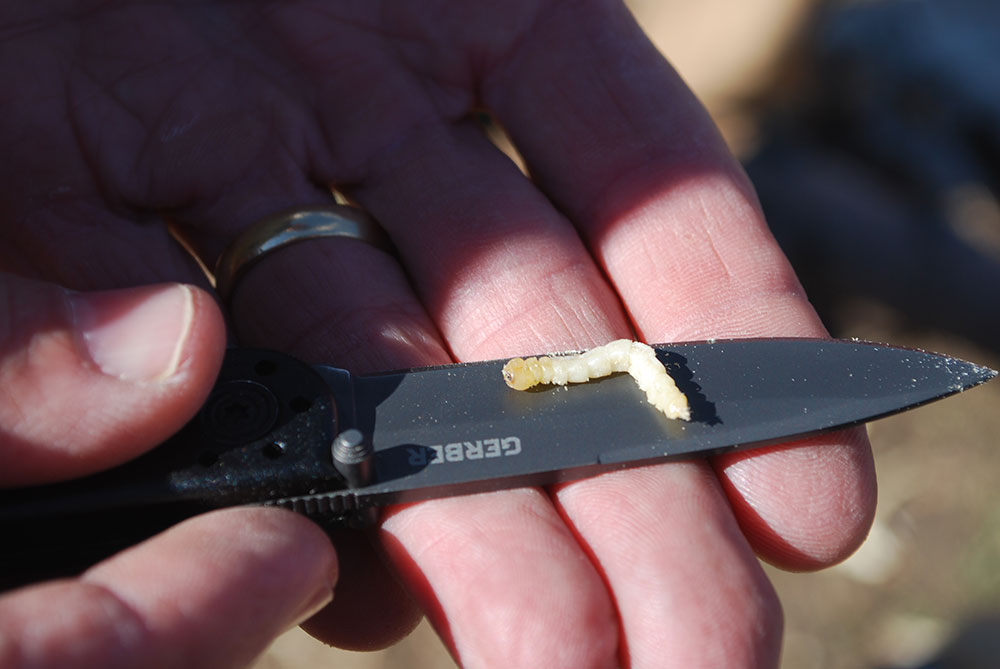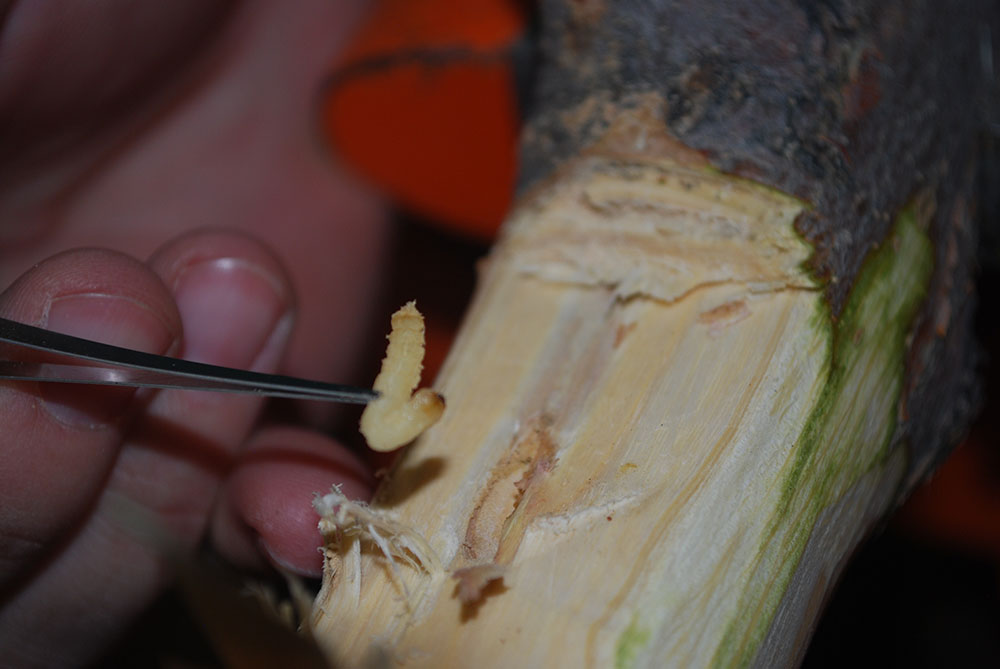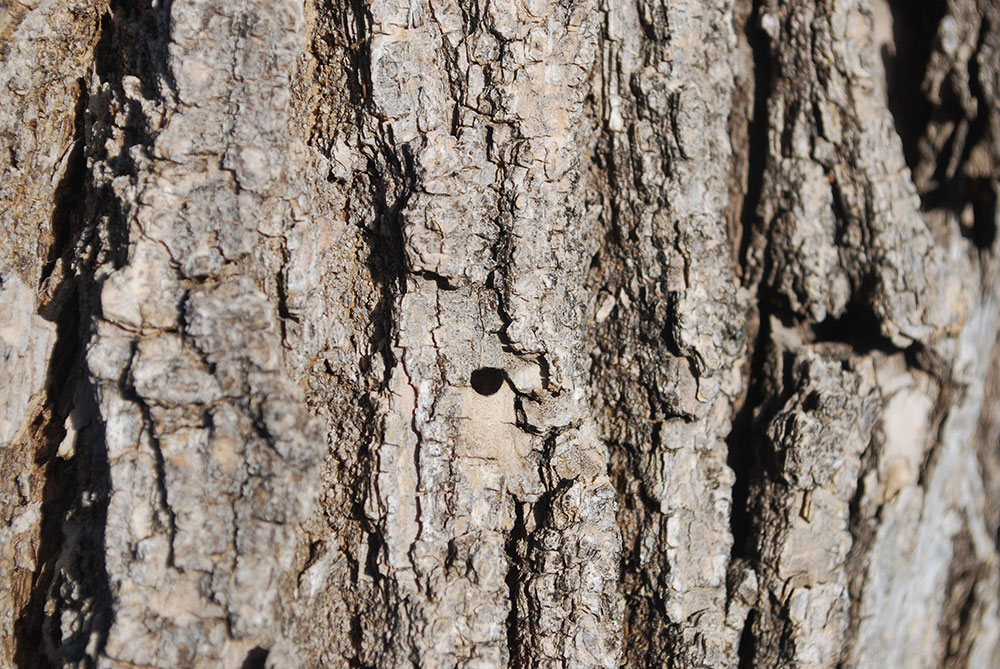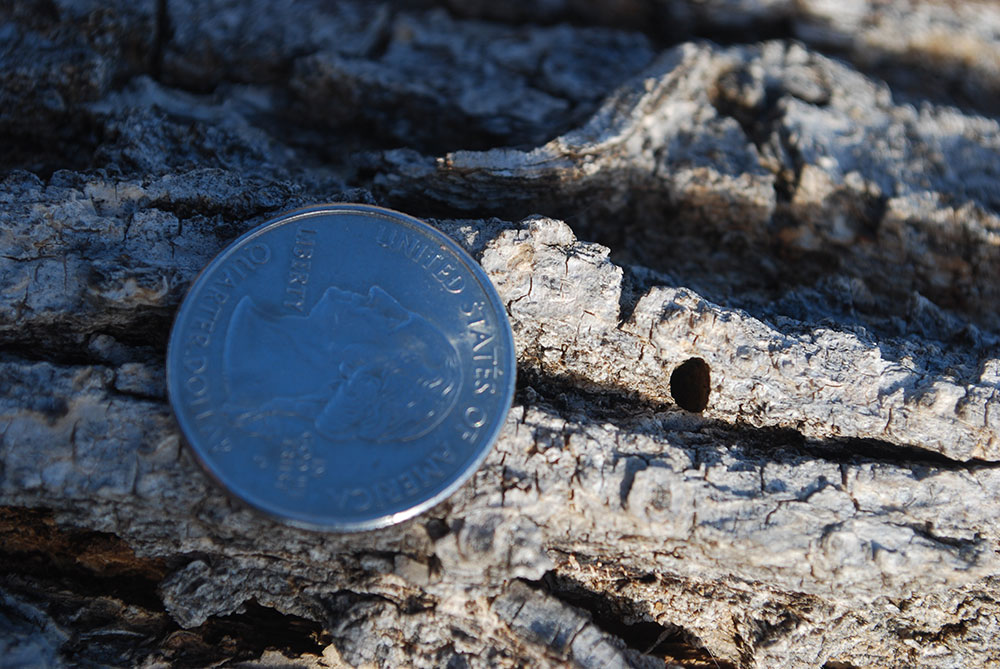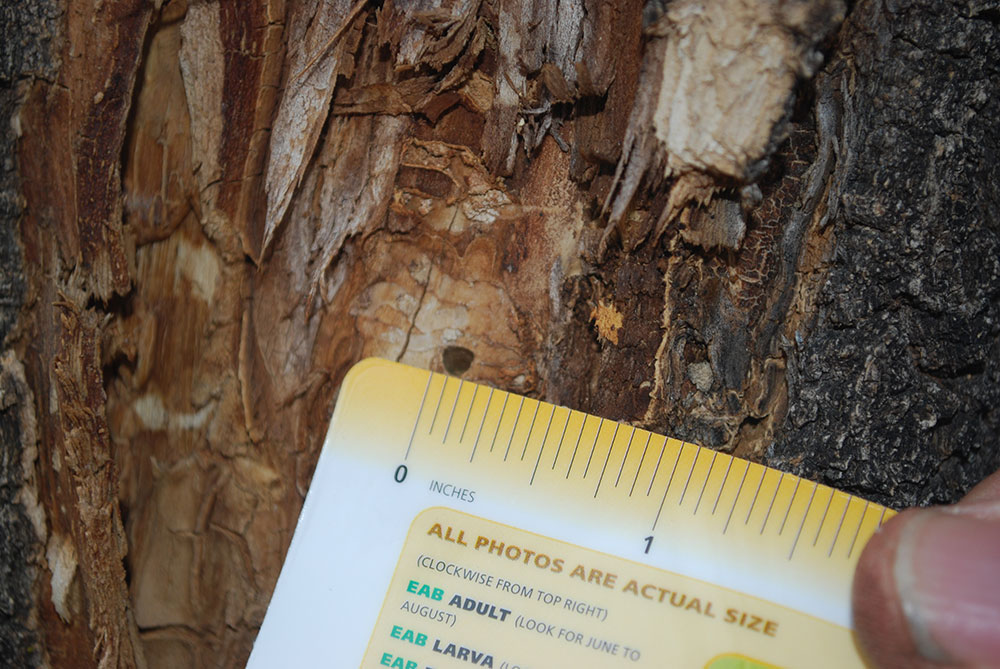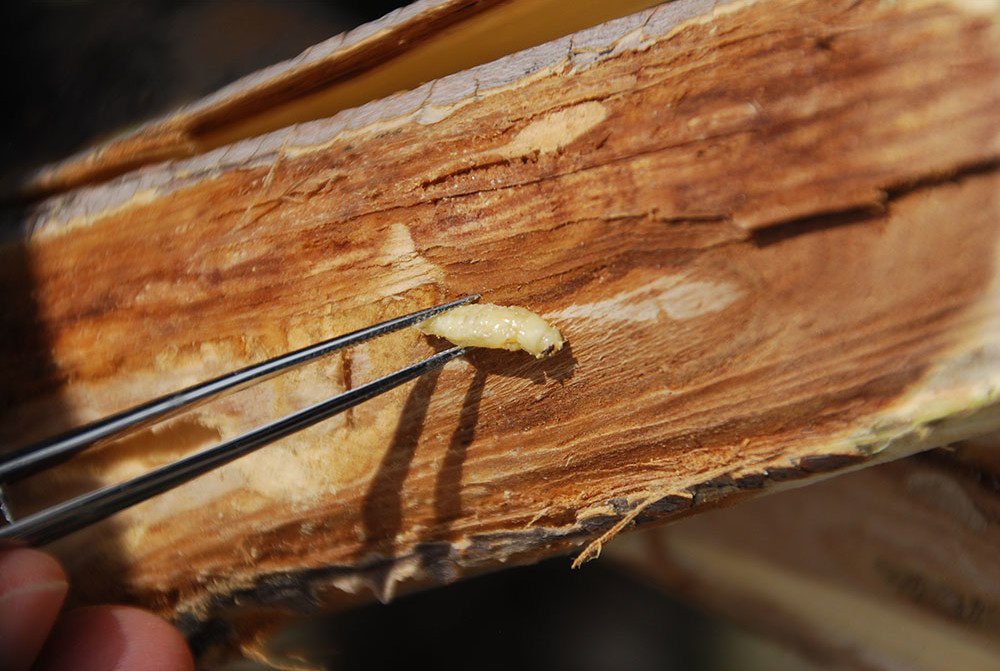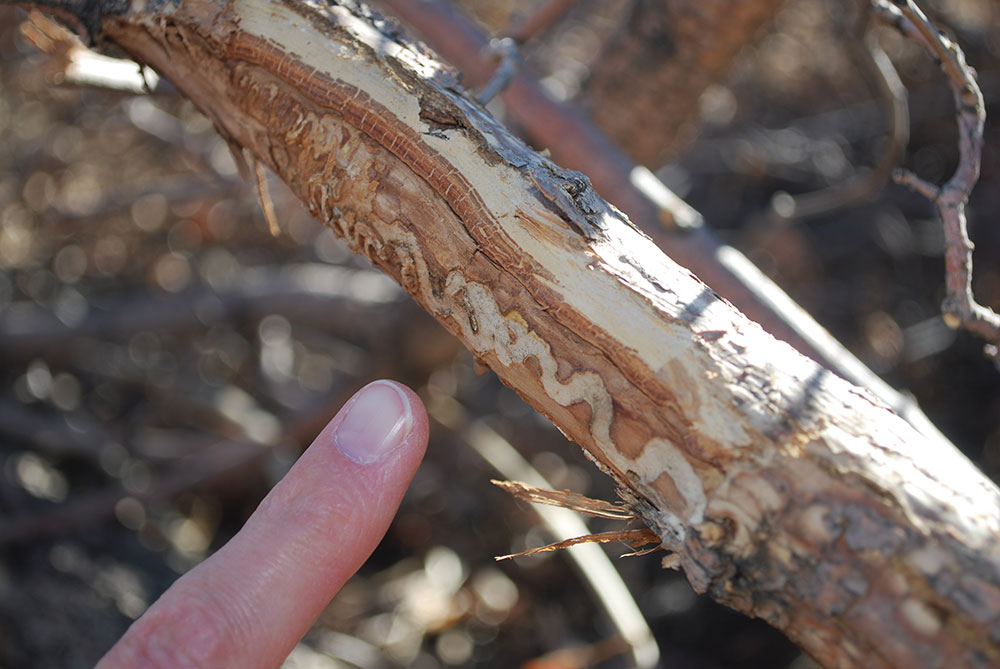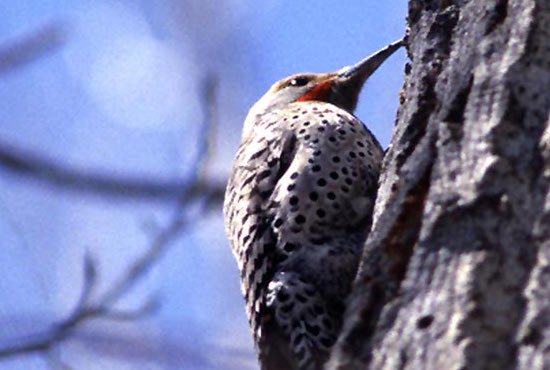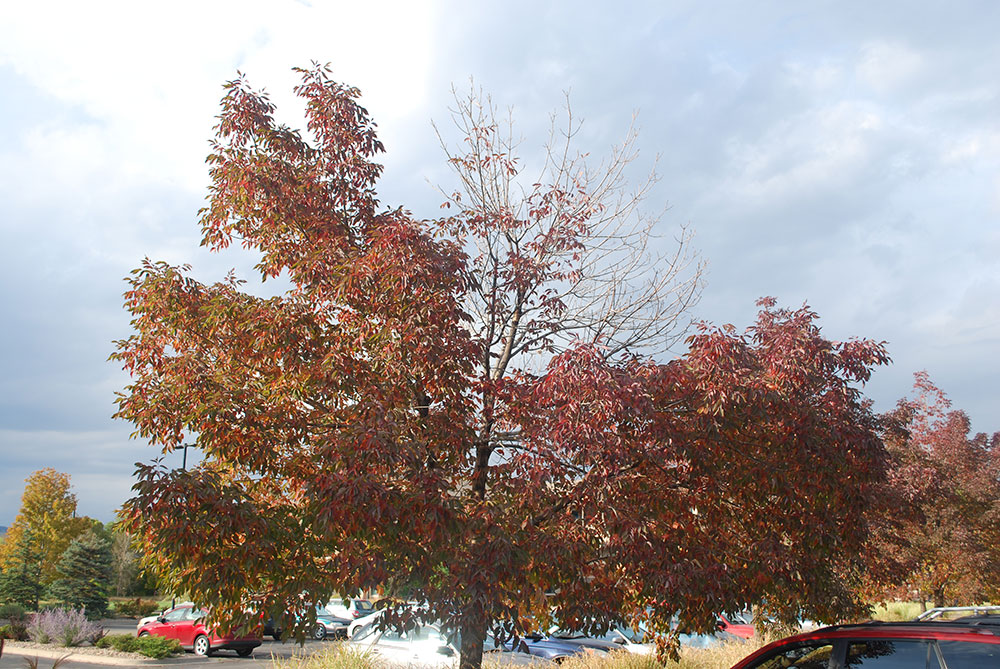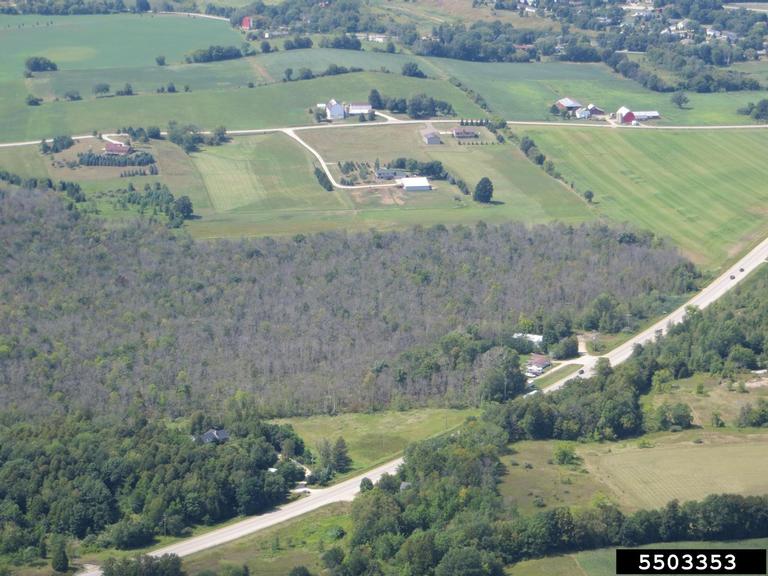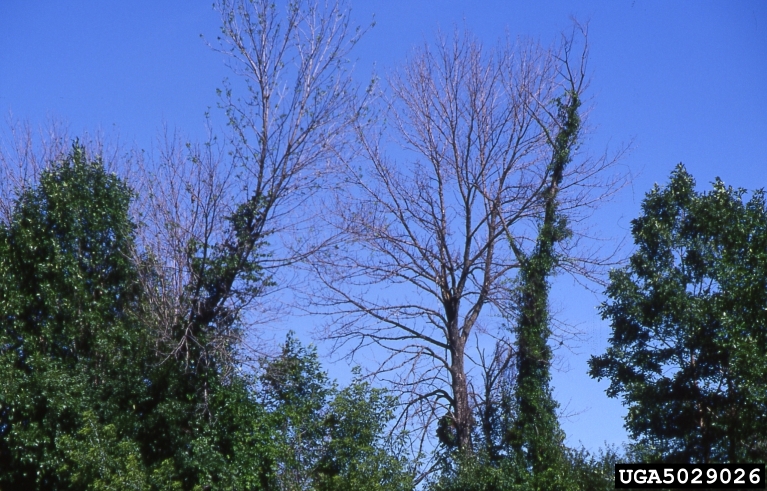The Emerald Ash Borer (EAB):
- EAB is an insect that has the potential to destroy metro Denver’s 1.45 million ash trees. It has already wreaked havoc in more than 36 states and parts of Canada, causing billions of dollars in damage.
- EAB has been confirmed in the cities of Boulder, Gunbarrel, Longmont, Lafayette, Lyons, Superior, Broomfield, Westminster, Erie, Arvada and Thornton. It’s only a matter of time before it arrives in Denver, if it hasn’t already. Unfortunately, it takes two to four years for signs of EAB infestation to manifest.
- EAB has a limited flight range. It most commonly travels with humans who are transferring untreated ash tree firewood, chips larger than one inch, or nursery stock.
- Its eggs hatch and become worm-like larvae that tunnel through the tree’s water-conducting tissue just under the bark. The tunneling and feeding under the bark is what eventually kills the impacted tree.
- EAB feasts on ash trees only, including the green (Fraxinus pennsylvanica) and white (Fraxinus americana) varieties, which are the most common in Denver.
Identifying EAB
The EAB is small enough to fit on a penny. The adult EAB is identifiable by its dark, metallic-green color and coppery-red or purple abdomen, which can be seen under its wings.
How can you tell if your ash tree is infested by the EAB? Look for D-shaped exit holes, wavy trail lines, bark falling off the tree, Northern Flickers (a type of woodpecker that eats the EAB), and crown dieback, which is illustrated by dying branches and branch tips in the upper and outer portions near the top of the tree.
If seeing is believing, take a stroll through the once-thick forests in the 36 states and parts of Canada where millions of ash trees now rot. Property owners and forest product industry operators have lost billions of dollars to the EAB.
Images courtesy Colorado State Forest Service, Bill McNee (Wisconsin Dept of Natural Resources, Bugwood.org) and Joseph O’Brien (USDA Forest Service, Bugwood.org)

